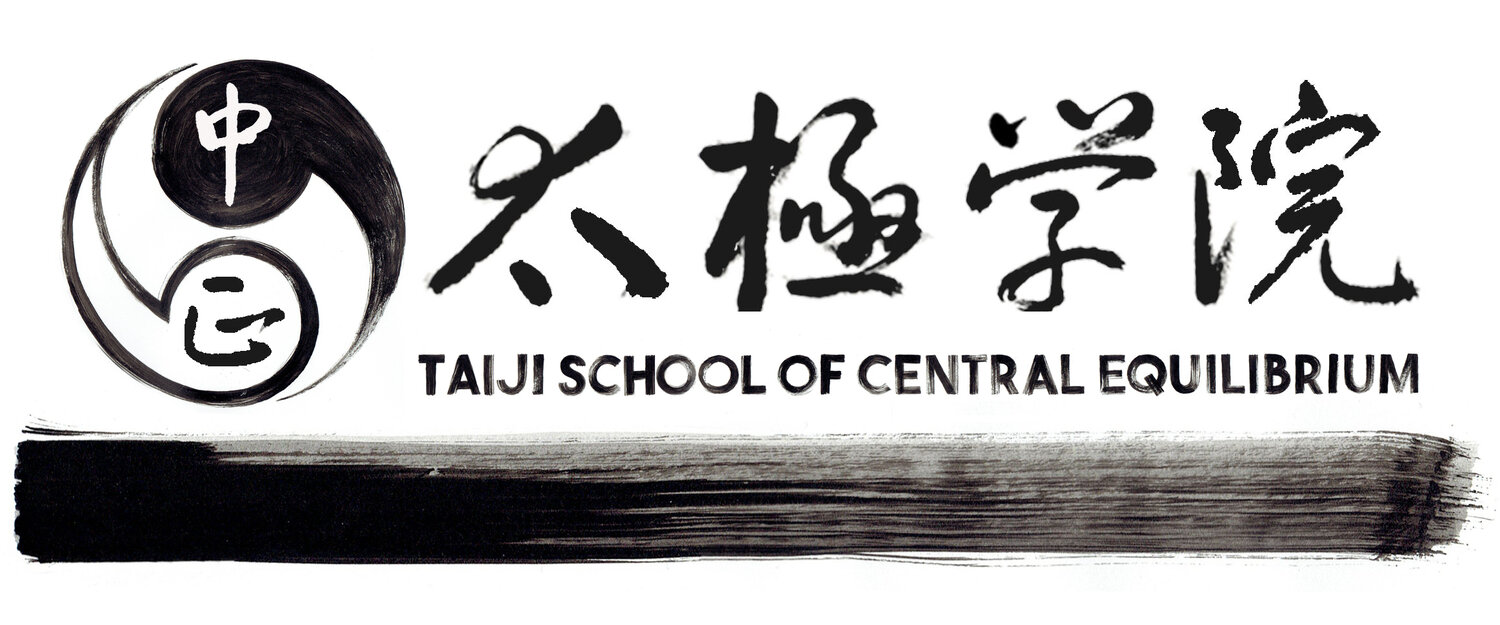The lockdown on international travel has been an interesting time for the family. Jin has been working nearly every day at our family Bao Bar because of the inability to teach. He often jokes that it feels like his life has gone 360 and he’s back working hospitality now (he was in the catering business before he took up Taiji). However, he still manages to find some moments to teach via Zoom calls with some students and a workshop in Wellington this weekend. He has even met a few other practitioners while practicing in the nearby park on his lunch break. When they asked if he knew much Taiji he just said a little bit haha.
No doubt I imagine that he has been keeping in touch with many of his students through instant messaging, Whatsapp or Wechat. Below is a translation of a message to a practitioner of Taiji. Jin thought it was worth it enough to translate and put on the site. Safe to say that in Taiji practice where your mind intention (Yi) is within your practice is very important. Hope the message below helps in your practice. - Andy
Message to a Practioner - Jin
When you practice the Taijiquan form, don’t forget to feel and experience the changes in the form, the synchronisation of your movements and be aware of your relaxation and sinking. You must bring all this into your partner work. In free partner works it is best to practise slow. When you practice slow you are able to feel whether you are synchronising with your partner’s movements and relax force. With continuous practice it becomes natural and in relation to your partner’s changes the speed of your changes is natural. The speed is not initiated by you. There’s no need to be excited or agitated in the practice of free partner work, it’s only a practice session, not a competition. You must practise until you achieve the relaxation of your “heart”. When the heart is relaxed your spirit will be relaxed, when the spirit is relaxed then your mind will be relaxed and when your mind is relaxed then your body will be relaxed.
First you must relax and loosen, only then can you have relaxation and sinking. You need to use your mind awareness to cultivate these. However, your mind awareness must not be too intense. Intense awareness is a “dead” mind and it will lead to stiffness. In the Taijiquan Form and push hands the movements are initiated by the base, the body and arms follow the changes of the base. Even in fixed steps free partner work one must follow the changes of your partner in sitting back and moving into bow stance. If you only use your hips and waist turning to initiate changes, then it’s only the upper body changing and then the upper and lower body are not moving in synchronisation.
In the practising of Hun Yuan (up and down) exercise the physical structure movement is relaxed from the base. The relaxation awareness travel from bai hui meridian point (on the crown of the head) flowing down to the soles into the ground, this is called relaxing and sinking in Taijiquan. When coming up, the physical bodies upward movement is initiated by the sole of the feet. The relaxation awareness rebounds from under the ground and travels upward to the bai hui meridian point. This process is to borrow the energy from the earth (fa jing) in the Hun Yuan, because there’s no arm movements involved you send the relaxation awareness to the bai hui meridian point. When there are arm movements involved in the five relaxing exercises, in the Taijiquan form and push hands your send the relaxing awareness into the fingertips. Your great grandfather use to say that when you sink you need to sink into the ground under your feet. When the awareness rebounds up it needs to rebound to the fingers tips. In the practise of Taijiquan if you only focus on relaxing and loosening instead of relaxing and sinking, you will have no root and relaxed force.
In all push hands you must have relaxation and sinking. If you move forward with only relaxation and without sinking then your following will not have sticking jing (force). If you move backward with only relaxation and without sinking you would only have yielding but no neutralisation (Moving backwards needs to contain yielding and neutralisation. Yielding is to extend the incoming force to weaken it, neutralisation is totally nullifying the force through sinking)
In the fixed partner work (push hands), your partner is Yang when he or she moves forward. You respond by moving back and become yin, weakening his incoming force. Once you have created space, you need to turn and change directions and become the initiator (yang) and move forward into a bow stance. Your partner responds by moving back and becoming Yin. In fixed partner work, one moves forward, the other moves back, two people, one yin and one yang. Yang is the initiator and Yin is been initiated. The speed of the person been initiated must synchronise with the speed of the initiator then you will have joining in the push hand. When you have joining force then you naturally have no resistance or disconnections.
When you have neutralisation and become the initiator that moment is your chance to issue your force. But if your opponent roots is still connected, don’t waste your time and attempt to fa jing because he is stable and able to adjust to your force. Fa jing should not occur unless he falls into emptiness or his root is broken. “In advance and retreat there must be folding, in moving forward and backward there must be changes of directions “. The chances of fa jing is sought in the neutralisation. “Seek the straight in the curves.”
Original Transcript:
當你練習拳架的時候,不要忘了感覺拳架裏的變化,動作的協調,鬆沉的意。要把這些帶進推手。在自由推手練習最好是慢。慢才能感受到有沒有對對方的動作和勁協調。練到時就會變得自然那時變化速度的快是自然隋着對手的速度不是自己做出來的。練習不是比賽所以不必緊張。要練到心鬆。心鬆神才能鬆,神鬆意鬆,意鬆體鬆。
先耍鬆開才能鬆沉,這些都要用意去養,不過意不能太重,意太重是死的意,身體會僵硬。太極拳無論是拳架或是推手都是下盤主動,身體和手都隨下盤變化。就是定步自由推動也要隨着對方弓腿坐後。如果只也腰胯转动只是上盤變化,就不是上下相隋。
練習渾元椿的時候,體是從腳掌鬆起,鬆的意念是從白會鬆沉下到腳掌下入地底下,這就是太極所講的鬆沉。上的時候身體是用腳掌運上,鬆的意從地底反彈上,一路上到白會。這就接地之力(發勁)。在渾兀椿因為手沒動就把意送到白會。在鬆身法,有手動的,在拳架,推手,意要送到手楷尖。你的外祖父時常說,意沉要沉到地底,上要上到揩尖。如果練拳只練鬆開不練鬆沉就不會有根,不會有勁。
在所有的推手要有鬆開和鬆沉。如果進只是鬆沒有沉那你的隋就沒有粘勁(在推手弓步就是隨)。如果退只是鬆沒有沉那只是走沒有化(退是走化,走是把對方的勁削弱,化是把他的勁完全消化)
在定步推手,對方進是陽,你退是隂,把他的勁消弱了,有了空間就轉變反主動進步弓腿你就陽,對方退他就是隂。在定步推手就一弓(進)一退,兩個人一隂一陽。陽是主動,隂是被動.一定要和主動的速度协调. 這才能連。 有了連自然不會頂和丟。
當你化了反主動就是你發勁的時幾,不過如果對方的根還在就不浪费你的时间去發他們。因为他很稳定并且對方能够對你的勁調整。除非他落空或者根斷了。「往復須有摺疊。進退須有轉換。」記得發勁的幾會是在化中求,「曲中求直」









